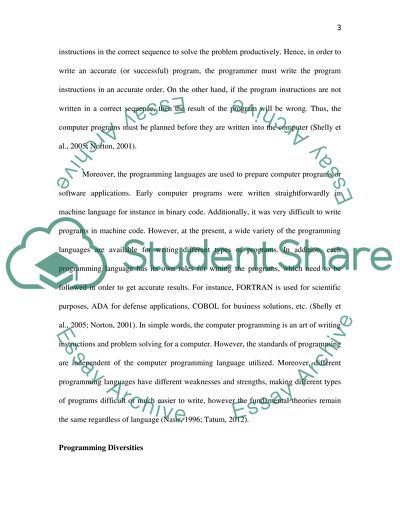Cite this document
(“The Nature of Computing. Why Programming Paradigms and Languages Essay”, n.d.)
Retrieved from https://studentshare.org/information-technology/1444227-the-nature-of-computing
Retrieved from https://studentshare.org/information-technology/1444227-the-nature-of-computing
(The Nature of Computing. Why Programming Paradigms and Languages Essay)
https://studentshare.org/information-technology/1444227-the-nature-of-computing.
https://studentshare.org/information-technology/1444227-the-nature-of-computing.
“The Nature of Computing. Why Programming Paradigms and Languages Essay”, n.d. https://studentshare.org/information-technology/1444227-the-nature-of-computing.


